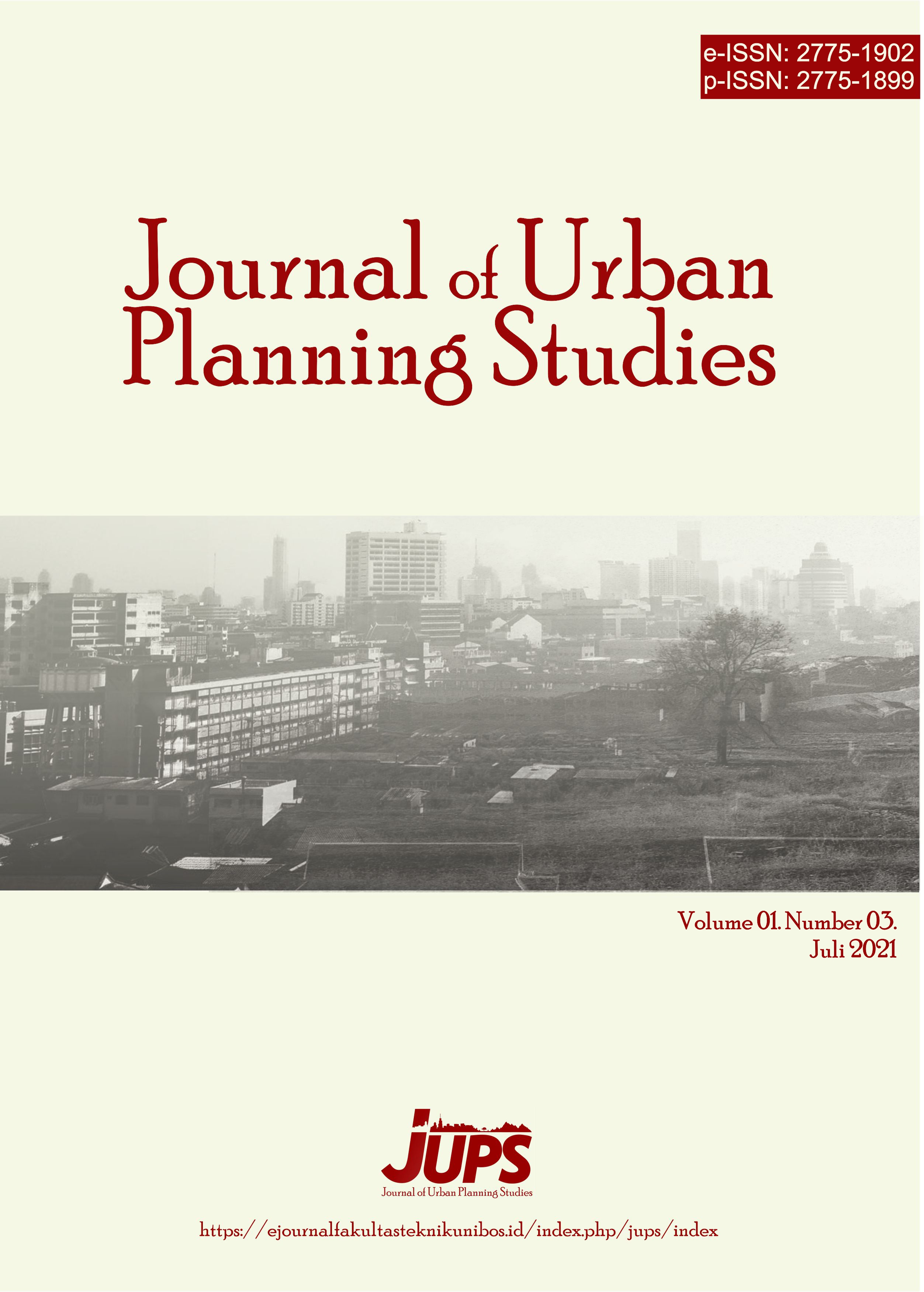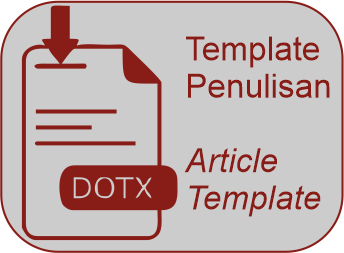Evaluation of The Implementation of The “Green City” Concept In Moncongloe, Maros District
DOI:
https://doi.org/10.35965/jups.v1i3.77Keywords:
Mamminasata, Green City, StrategyAbstract
Abstract. The development of urban areas in Indonesia is developing very fast, and is dynamic, so that its activities and development will cause various kinds of problems and impacts of environmental problems, such as imbalances between the growth of urban areas and the improvement of environmental quality. This condition makes the city uncomfortable to live in. Maros Regency has also become a district that is developing very rapidly following the development of the Metropolitan city of Makassar as the main city, forcing Maros Regency which is part of the Mamminasta urban area (Makassar, Maros, Sungguminasa, and Takalar) to develop rapidly. Especially in the new urban area in Moncongloe District which is a satellite city area. However, there are also threats that occur in Moncongloe District, namely frequent flooding, burning of garbage by the community and poor drainage management, so a concept of prevention and handling is needed to overcome these problems, namely the concept of a green city or commonly called "Green city". The concept of this approach is still not maximally applied in Moncongloe District, so the output of this study is to evaluate how much implementation has been done in the research location and formulate strategies to improve the performance of each indicator of a green city.
References
Amanda, Putri (2012). Analisis Pelaksanaan Kebijakan Perencanaan Perencanaan Pembangunan Taman Kota Sebagai Ruang Terbuka Hijau Di Kota Depok. Skripsi Universitas Indonesia.
Amira. (2014). Evaluasi Penerapan Kota Hijau di Kota Jakarta. Skripsi IPB Bogor.
Badan Pusat Statistik (BPS) Kabupaten Maros. (2019). Kabupaten Maros Dalam Angka Tahun 2015-2019.
Desdyanza, Nurul Anisyah. (2014). Evaluasi Penerapan Konsep Kota Hijau di Kota Bogor: Skripsi Institut Pertanian Bogor.
Departemen Pekerjaan Umum. (2012). Kota Hijau sebagai solusi pengembangan kota di Indonesia. Jakarta.
El Ghorab, Hosam., Shalaby, Heidi. A. (2016). “Eco and Green Cities as New aproaches for planning and developing cities in Egypt” : Department of Architecture, Faculty Engineering , Zagazig University, Egypt
Gusnita. (2010). “Green Transport” : Transportasi Ramah Lingkungan Dan Kontribusi dalam mengurangi polusi udara
Hidayat, Syarif Imam. (2016) “Green City : Solusi Problematika Perkotaan dalam dimensi pembangunan berkelanjutan” . Jurnal Fakultas Pertanian UPN Veteran, Jawa Timur.
Jamaluddin, Jihan. (2018). Strategi Penerapan Konsep ”Green City” di Kota Makassar: Skripsi Universitas Hasanuddin.
Kementerian Pekerjaan Umum. (2011). Panduan Pelaksanaan Program Pengembangan Kota Hijau.
Kementerian Pekerjaan Umum, Direktorat Jenderal Penataan Ruang. (2013). Panduan Kota Hijau di Indonesia. Jakarta.
Lestari, Noor, Ribawanto. (2012). Pengembangan RTH Dalam Upaya Mewujudkan Sustainable City Surabaya. Kota Surabaya
Mindasari, Sri (2015). Evaluasi Program Pengembangan Kota Hijau (Green City) di Kota Kendari.
Republik Indonesia. (2012). Rencana Tata Ruang Wilayah Kabupaten Maros Tahun 2012-2032.
Republik Indonesia. (2019). Rancangan Peraturan Daerah Rencana Detail Tata Ruang Kota Baru Mamminasata di Kecamatan Moncongloe Kabupaten Maros Tahun 2020-2040
Downloads
Published
How to Cite
Issue
Section
License
Copyright (c) 2022 Panjhi Arieq Naufal Mugni, Muhammad Fuas Aziz, Ilham Yahya

This work is licensed under a Creative Commons Attribution 4.0 International License.













